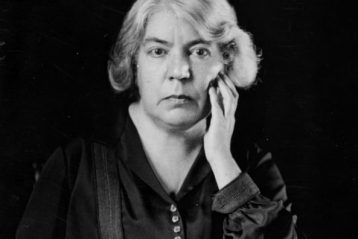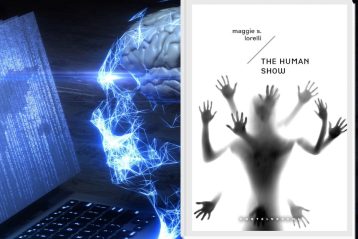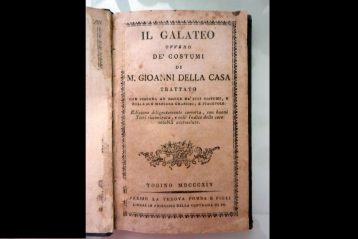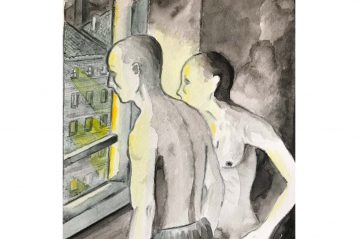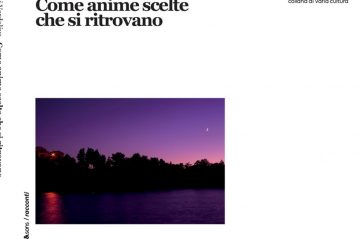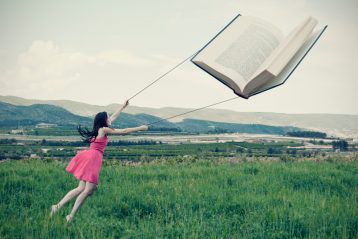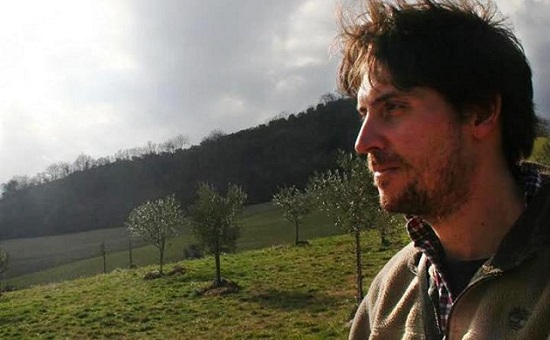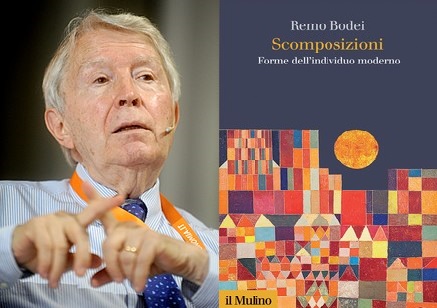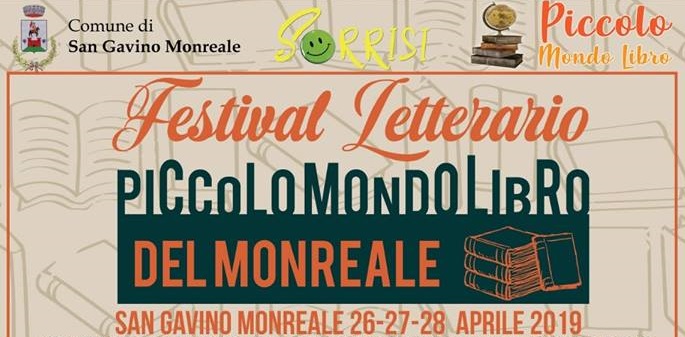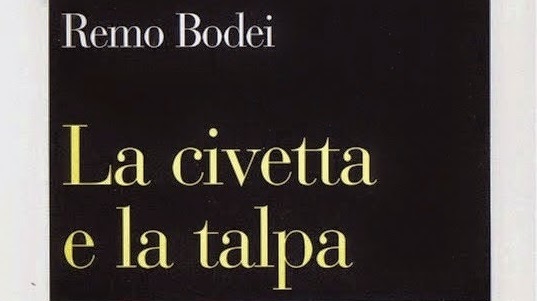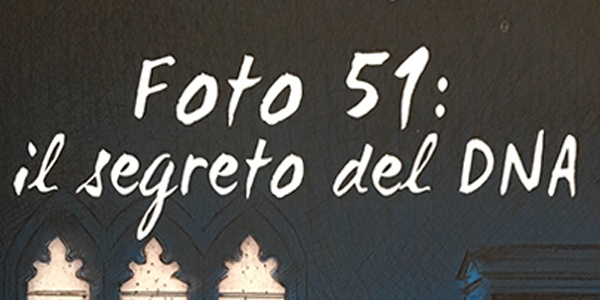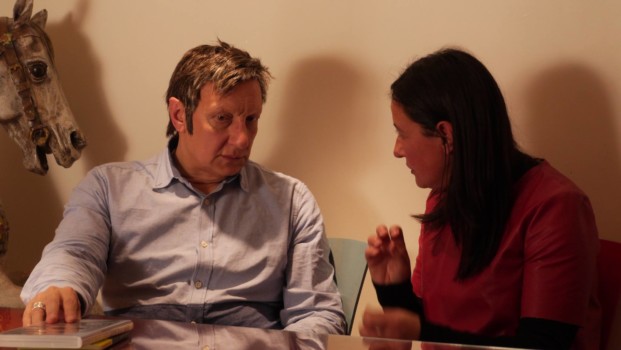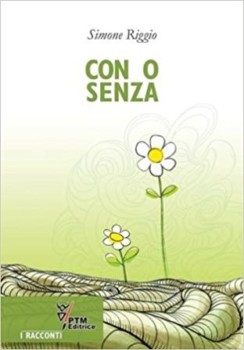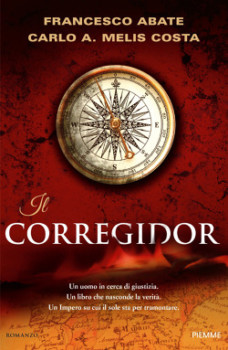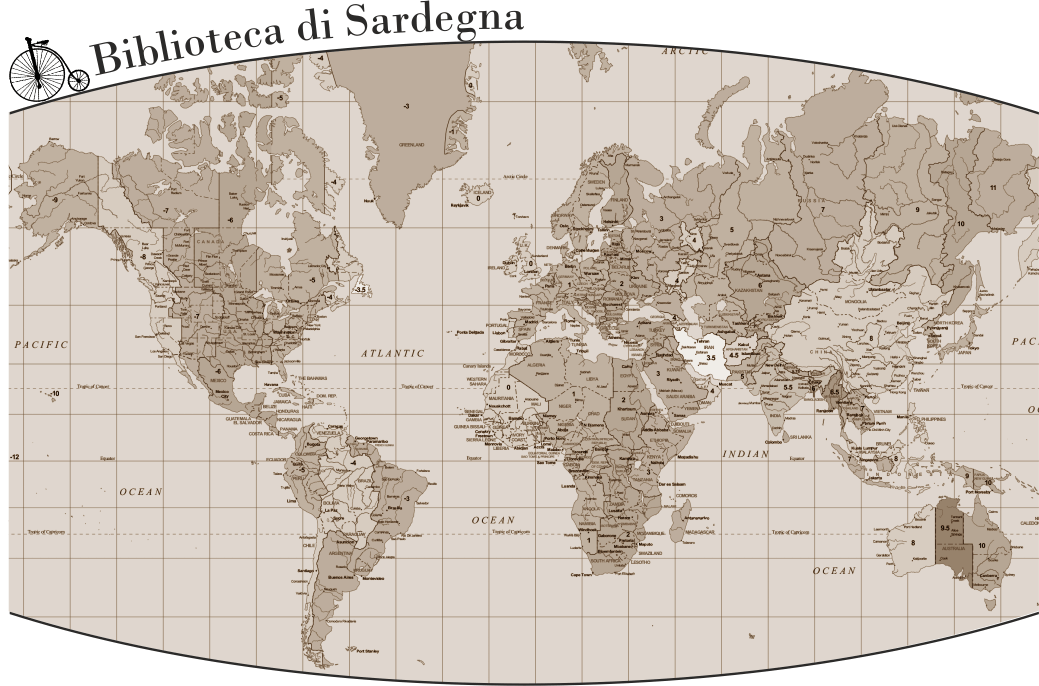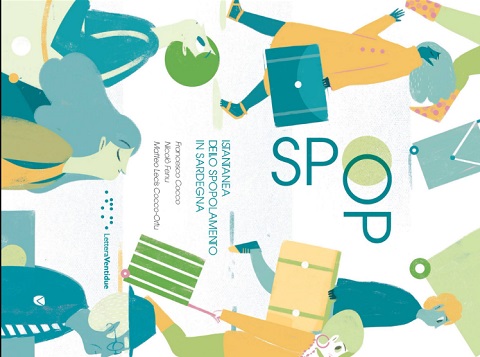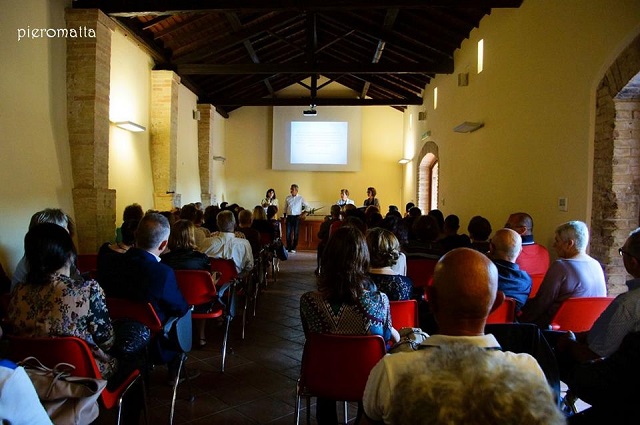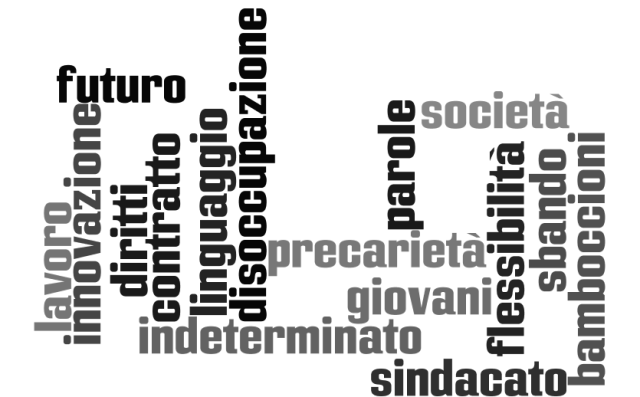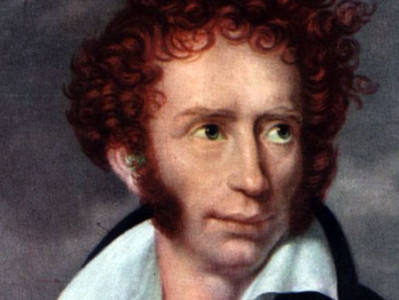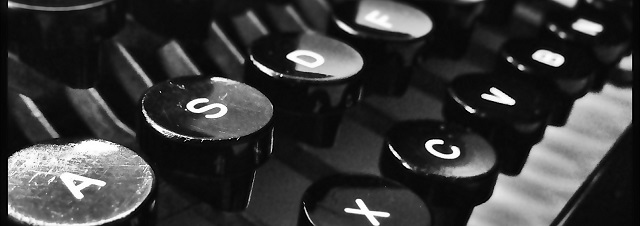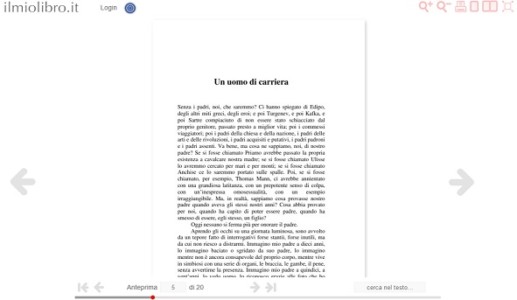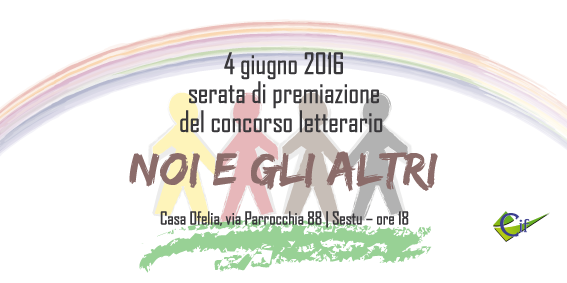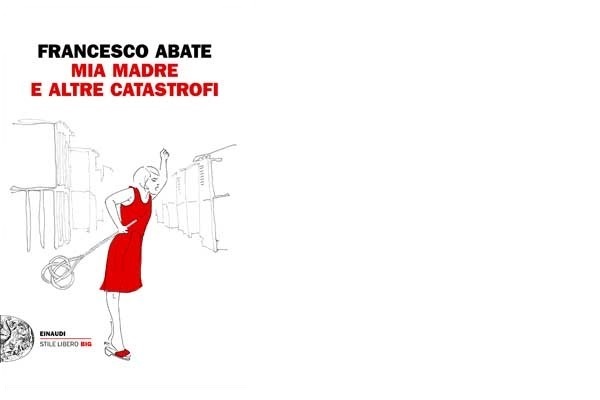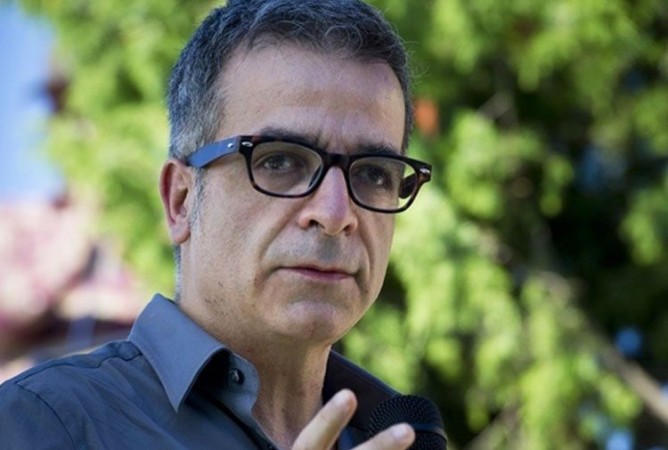
by Branka Kurtz
Developmental lines word melancholy throughout history has led, so that it became a synonym for “idle sorrow.” It increasingly began to refer to a temporary state of mind, a feeling of depression independent of any pathological or physiological circumstances, some kind of fleeting melancholy disposition. We can say that someone “is melancholic on that day”.
Attribute of “melancholy” can now be transmitted from person to an object that has inspired such a mood, we can talk about melancholy spaces, melancholy light, melancholic notes, or melancholic landscapes. Such a view of the melancholy primarily develops in the type of literature (In poetry, in narrative poetry, the prose romance) who perceives and represents man’s sensibility as something that has value in itself. Poetic conception of melancholy is not conceived as a disease or a disposition but as a temporary mental mood. Thus understood melancholy appears in the poetry of 15th century, and as a colloquialism, and as an active person, “Dame Mérencolye” who tells, she can even be portrayed. It’s appears at Boccaccio especially in his “Ninfale Fiesolano”, in artwork “Consolation Espérance ou des Trois Vertus”, of Alain Chartier, in the poetry of Charles d’Orleans, in Milton’s poems. There already appears specifically “poetic” melancholic mood of the modern: double-edged feeling that continually offers the food to itself, in which the soul enjoys its solitude, but in that satisfaction it becomes more aware of it loneliness. Milton’s terms, “the joy of grief”, or “sad pageantry”, modern is melancholic mood on which is essentially enhanced self-awareness, since the ego is the main point of joy and sorrow around which the sphere is rotating. Music, which was used in the treatment of melancholia, now onwards, it becomes subject of subjective emotions.
The fusion of the characters of “melancholy “and “sorrow “, during the 15th century has led to modifications of the concept of melancholy, in terms of attributing the melancholy of some subjective uncertainty, and it affected on the concept of grief too, giving it a connotation of deep thoughtfulness and refinement. Grief has become affective state of the soul which is reflected in retreat from the world and almost morbid conditions melancholy, very close to melancholy. All those ideas that, were originally associated with melancholy and Saturn – unrequited love, illness and death – were added to the mix, a special kind of emotion, tragic through a heightened awareness of man about himself and death. This new melancholy could now dissect or pour into lyrical poetry and music, could rise to the most sublime renunciation of the world or disperse into mere sentimentality. Under the terrible pressure of religious conflicts, in the second half of the 16th century, melancholy lines were not only deeply engraved in the face of poetry, they also determined the physiognomy of men, as it can be seen in the mannerist portraits of that time. In this transitional period, emotional force of the pressure seemed a melancholy harsh reality, from which people were feared, and they tried to drive it away with thousands of antidotes and consolation treatises. Yet, in Baroque period was only possible to transform it into an ideal state of melancholy, in which we can inherently enjoy, even if it was painful, into another state on the way of renewal of tension between depression and exaltation, between unhappiness and isolation, between fear of death and increased awareness of life, that could bring a new vitality into a drama, poetry and art.
There is a specific type of conscious modern cherished humor which stands in an apparent correlation with melancholy. And melancholic and humorist, often both in the same person, feed with a metaphysical contradiction between the finite and infinite, time and eternity, and common characteristic for both is to achieve pleasure and sadness of awareness of this contradiction in the same time. Ode to melancholy, elegy and poetic glorification of melancholy pleasures were in constant increase. At the beginning of the 19th century, appears a “romantic” melancholy. Sprang from a strange dualism of a “dying tradition” and spontaneous and intensive personal expression of deep, individual sorrow. It was “boundlessness” in terms of something unconditional and indefinable and it is therefore failed to meet pleasure in the contemplation and self-gouging, so it have sought to understand the strength of direct and exactness of a precise language in order to “understand” it. Keats in his “Ode of the melancholy” , fed his melancholy, with his mind and feelings, allowing it to embrace all the glittering splendor of the creature which he can truly “discover” and describe it, in the abundance of rich and diverse concepts, because only his thought of their transience and feeling of his pain makes him able to accept their vivid beauty. The melancholic doesn’t want to admit that the world (object) is lost; he says that the time must stop; he wants to live like he used to live before. In a broader sense, melancholy is not mental but spiritual condition – not sadness, but a mind that is faint.
The brain of a melancholic person, works perfectly, but he is unhappy. Sigmund Freud in his essay, Grief and Melancholy, from 1917th, says that “the melancholy is reaction to the loss of a loved one, or the loss of some abstraction which has taken that place, for example one’s homeland, liberty, ideals, and so on.” Melancholic person can identified with the lost object, and sorrow and anger directing toward himself. Tears of mourning are basically tears over yourself. Freud says:” On the ego, falls shadow of an object, so we are judging like it’s a forgotten object.” Melancholic gazes at himself permanently living in the past, and to be at least mentally turned to future, he should break away from the lost object, and find a new object of passionate attachment. The veil that hides the future is Freud’s “shadow of object” – melancholy, unclean force that replaces the role of the heart and mind. Melancholy is a condition that occurs after the loss of love objects. Perception of melancholia has a wide range of controversial and genesis: from illness to a source for the creative state of mind. Thus, in everyday communication word melancholia means sadness, gloom, melancholy, sad mood, dreary, anxious, dumps to the weakening of the general mobilization; tinted view of reality. Melancholia is seen, therefore, as a particular emotional state, which with its manifestations differs from normal. From a medical point, melancholia is undesirable, sickly, psychopathological condition that it is desirable to treat and eliminate.
Melancholy is, according to Hippocrates typology of basic temperaments one of the four temperaments (emotional aspect of personality). The philosophy of melancholy is seen as the impetus and the power of imagination which is not due to morbidity of personality, but sublimate and condensation of higher-order of speculative. In art, melancholy represents an expression of concern for the fate of the world, operates, in ultima linea, and enlightens, it is a catalyst for internal drives and parts of structure of the artist in relation to the world around him. Melancholy is thus the spark of rebellion against the real art and driving the quest for change, visionary impulse. Poets are deductible legislators of the world, said Shelley Camus. In “Rebel men” he states Nietzsche: “There’s no artist that can stand the reality”. It is true, corresponding to Camus, “But any artist can’t be without reality too.” Creating is a demand for unity and rejection of the world. But it rejects the world because of lack in the name of what it sometimes is. Rebellion there can be viewed outside of history, in a pure state, in its original plot. “Answers to questions about the ambiguities of melancholy, which is integrated more than any of mental states into the entire culture of Western civilization, and the mysterious connection between melancholy and intelligence (that is first implied by Greek philosophers), tried to give an exhibition set in 2006. In Berlin’s New National Gallery entitled “Melancholy? Ingenuity And Madness In The Art. ” It was about three hundred works of great artists (Albrecht Dürer, Johann Heinrich Fussily, Philipp Otto Runge, Arnold Böcklin, Vincent van Gogh, Salvador Dali, Pablo Picasso, Caspar David Friedrich, Edward Munch and many other famous names of art from antiquity to the present). Determining melancholy as a prerequisite and companion art, as an “awareness of finitude of human knowledge in a world that is seen as an infinite”, and art as a requirement for piercing the impenetrable barriers, the exhibition project tried to give a monumental “expression of spiritual secrets in creating the art”.
The question was, how melancholy mood breaks out and carries the cleverest man in charge, elevating him to the spiritual heights, through the exhibition, suggests the respond that the origin of creation needs to be found in the unique, personal gift of the individuals to emanate out of themselves, out of well-worn “living corridor” and with that overcoming themselves and many others? Ability to be “out of your soul”, to be someone else, mutate from one identity to another, means to be on both sides of the thin and porous border, “between insanity and ingenuity”. Introversion, which are the characteristics of orientation in time, tendencies to ruminations and fantasy, experiencing the outside world with margin – are the predominant features of melancholic artist whose works arise as the result of objective perception of external reality that is very painful, and perception of internal reality, no matter how paradoxical it may seem, as its origins – of death.
Both the old and new concept of melancholy, is based on painful self- confronted with empty existence, in a world that is made to suit to a size of men. If there is a hell on the Earth, you will find it in the melancholic soul of a man, written by Robert Burton, in his “Anatomy of Melancholy”, because melancholy is awareness of the destruction, which is where we least expect it – In the middle of the soul which is considered to be immortal. Thoughts give birth to suffering, says Stendhal. “I have no desire to show, neither to astonish nor to convince. I have my own nerves, my own vapors. I strive to absolute rest, and to the ongoing night…Knowing nothing, preaching nothing, not wanting anything, feeling nothing, sleep, and sleep again, is my only desire. Wish shameful and heinous, but honest.” With these words Charles Baudelaire expressed his resignation of a melancholic person, which expresses the hopelessness of man’s inability to change the flow of life, but whose poetry troubles, because it means stagnation, injustice and nightmarish banality of everyday life that founds motives in the contradiction between ideals and reality. However, such a decadent pessimism, as “the veil that hides the future”, disappointment, and weakness; because freedom is in the cage, is actually poetic rasp for cutting his rods. By Julia Kristie melancholy was a dark double of love passion, because the “black sun of melancholy” is indeed complicity between restraint and concessions, triumphant escape and sensory swamped.
Many observers of the magnificent, in Berlin, exhibited evidences of an association of melancholy and art, certainly had to agree with Camus, who was, writing about the relationship between rebellion and the arts, said: “History maybe have its end, however, our task is not to finish it, but to continue creating it following the picture of what we know is true. Art teaches us at least that a man can not be reduced only to the history, but that the reason for the existence can be found in the nature. “According to that, energy of art that is derived from the melancholic, or suffering of anguishing of existence, in Hëlderlin’s sparse time, aims to: constantly finding the beauty and to light the way of truly realistic revolution in the world, which is always ready to quench its thirst for freedom and dignity which is in heart of every man.
On that way is renewed Baudrillard’s extinct meaning. The point, therefore, is to understand what was lost and what isn’t, and why to require the return (to the future). And melancholic people are there as detectors…





